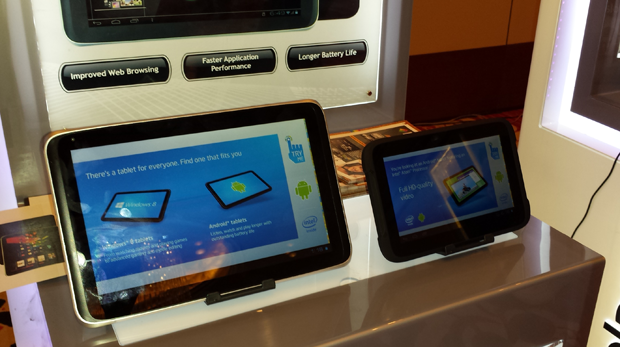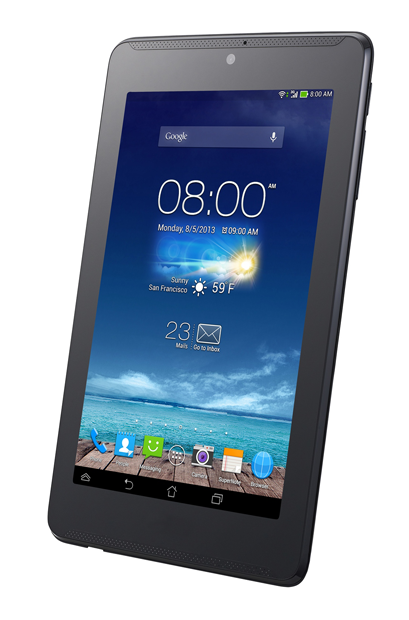
A show of might and strength: Intel showcases Atom-powered smartphones and devices, with the Lenovo K900 leading the pack boasting of a dual core Intel Atom inside
Intel introduced the Atom processor in 1997 to power netbooks or small notebooks with scaled-down features (e.g. no optical drive and limited applications, etc.) and highly optimized for Internet consumption. Handy and cheap, netbooks soon became the popular computing product—albeit for a brief period only.
But since smartphones and tablets have continually revolutionized the way people use computing devices, access information, and go the trend of “cloud computing,” Intel has been positioning the Atom processor to also power smartphones and devices. Its mantra has been to put “Intel” inside a gamut devices beyond the PC or desktop.
For the last couple of years, the Santa Clara California-based company, which still remains the world’s largest semiconductor chip maker, has been seriously intending to penetrate the highly profitable tablets and smartphones space.
Atom will now compete with other SoC (system-on-chip) processors produced by Nvidia, Qualcomm, Samsung (Exynos), whose processors have been powering smartphones and tablets for the longest time.
Recently, Intel unveiled smartphones and tablets of different brands that are now powered by the Intel Atom, which currently come in two variants, single core and dual core.
For example, the single core Intel Atom Z2460 clocked at 1.6 GHz with hyperthreading technology powers the new Asus Fonepad tablet running on Android OS.
While, the single core Intel Atom Z2420 clocked at 1.2 GHz with hyperthreading technology powers the Acer Liquid C1 running on Android. Both SoCs belong to Medfield family of processors.
One interesting product is Lenovo’s new flagship smartphone the K900, which is powered by Intel’s latest release–a dual Intel Atom Z2580 belonging to the Clover Tail family.
Intel presented demo results that showed the Asus Fonepad outranking other tablets powered by multiple core SoCs by Nividia, Qualcomm and Exynos in several performance tests on responsiveness and execution of web applications.
The new Intel Atom processors also boast of longer batteries and low thermals, features that often define use of mobile devices.
The Asus Fonepad exhibited 9.24 hours versus the 7.24 hours of the Nexus 7 tablet.

Intel also unveiled the next platform for the Intel Atom, which uses the Silvermont microarchitecture.
Intel’s Silvermont microarchitecture was designed and co-optimized with Intel’s 22 nm SoC process using revolutionary 3-D Tri-gate transistors. The new SoC promises 50 percent more performance than previous Atom releases.
For the meantime, it is still wait and see as to how Intel powered smartphones and tablets will fare this time in the touch-mobile computing market.









